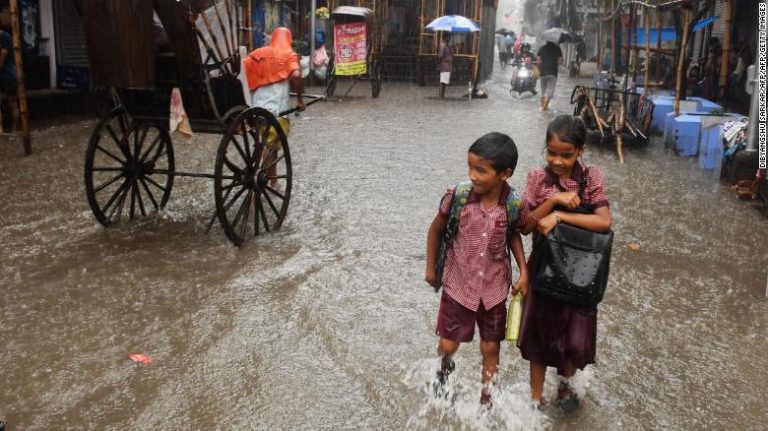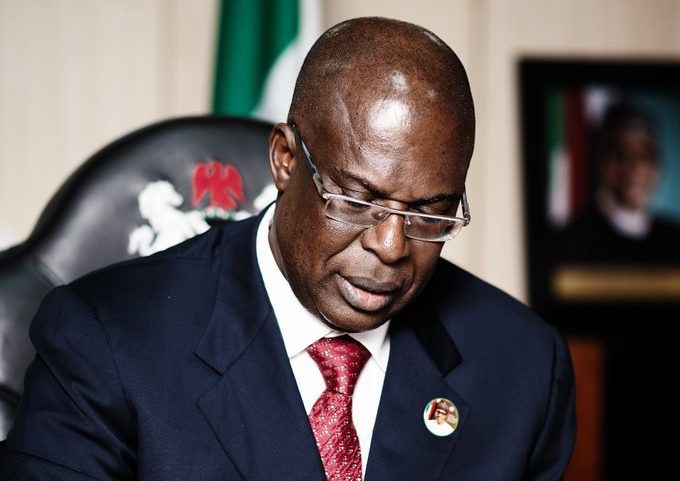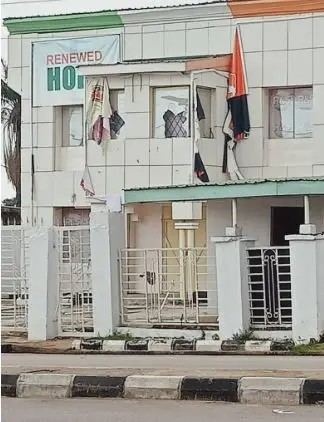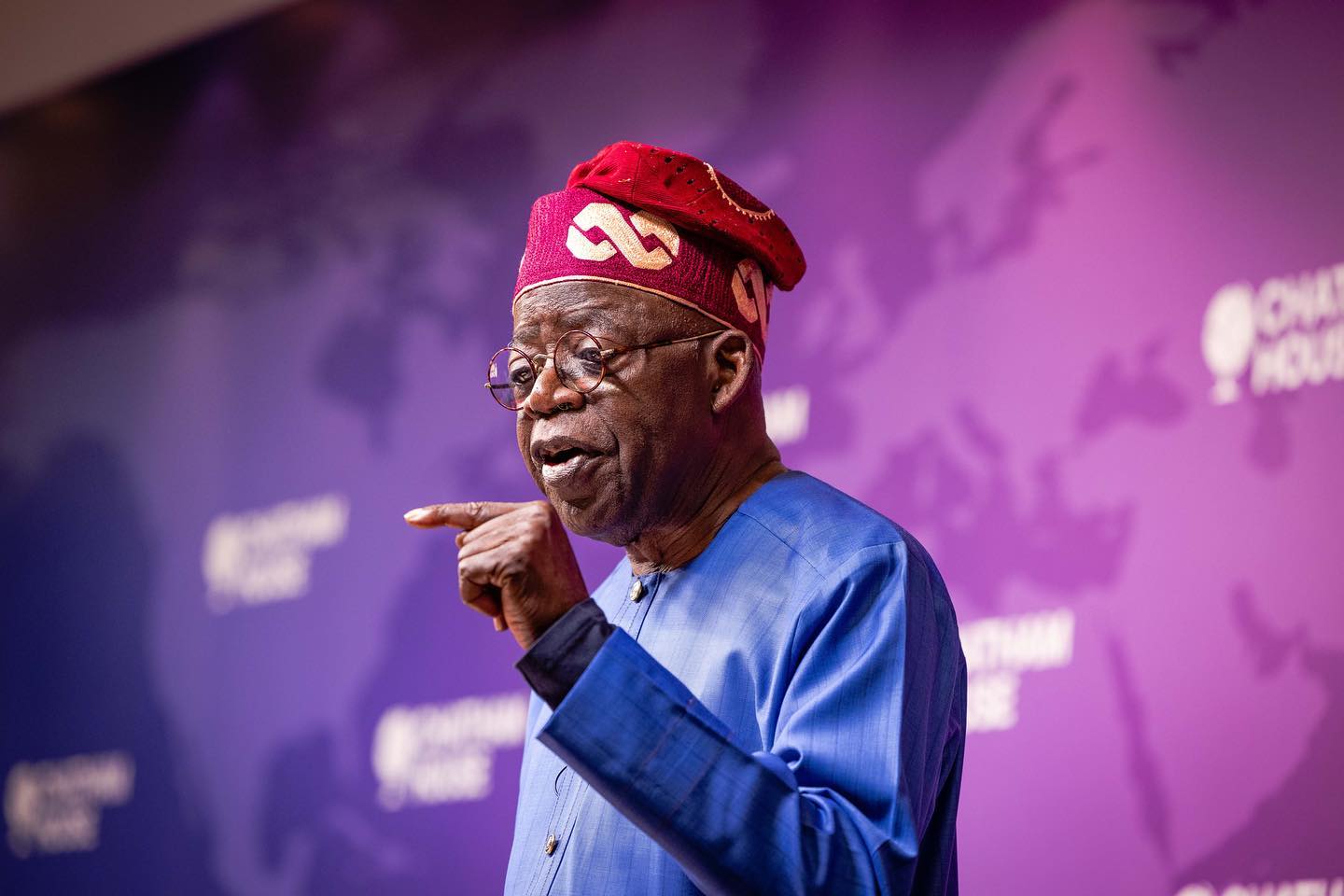The Western Indian city of Pune was battered by 140 mm (5.5 inches) of rain in 48 hours this week, in what the Maharashtra state chief minister called an “unprecedented” level of monsoon rain.
“Last night in Pune there was a lot of heavy rain that developed into an unprecedented storm,” said Chief Minister Devendra Fadnavis on Thursday, in a video he tweeted.
“Because of this, a large amount of water entered low-lying areas and caused a lot of damage. There is the possibility that some people were swept away and some people were killed after a wall collapsed over there,” he added.
Most of the rain came on Wednesday, and carried over until early Thursday. 15,000 people were evacuated from Baramati, one of the worst-affected areas, and 38 emergency shelters were set up, officials say.
At least 14 people have died, including a 9-year-old boy, according to district and state officials. Prashant Ranpise, chief fire officer of the Pune Fire Brigade, said many of the deaths resulted from buildings and walls collapsing during flash floods.
Another nine people are still missing, according to Naval Kishore Kumar, the Pune district collector.
School students waded through shin-deep water to get to school, and motorcyclists drove through flooded streets. Apartment complexes were flooded, and residents stepped through mud-covered floors to clear debris from their homes.
Read Also: Prince Harry Kicks Off Botswana Visit With Tree Planting.
After the rains receded late Thursday, images from Pune show the aftermath — cars overturned and washed away, and the bodies of drowned cattle scattered on the road.
Six of the deaths happened in urban areas, with the other five occurring in rural parts of Pune, which lies about 124 miles (199.5 kilometers) south-west of financial hub Mumbai. The National Disaster Response Force, a federal agency, has been deployed, and there are 275 personnel are working on rescue and relief operations in the affected areas, said Kumar. The death toll may rise as the full extent of the damage becomes clear.
The Maharashtra state government is also monitoring dam discharge in case it leads to more flooding, Fadnavis said on Twitter.
Other cities like Kolkata, in India’s West Bengal state, are also experiencing heavy monsoon rain and floods this week.
The monsoon season usually comes in the summer, but it arrived late in June, a hard blow to drought-stricking farmers and rural residents. Even major cities like Chennai and Mumbai suffered from severe water shortages, with reservoirs drying up and government tankers bringing in emergency water every week.
When the monsoons finally did arrive, they were more intense and deadly than usual — the country as a whole is now measuring 6.5% above average in terms of rainfall for the season, according to CNN meteorologists.
The rain was so unusually heavy in Pune that in August, a dam filled for the first time in 22 years, Kumar said. It’s only September, but the Pune district has already received 180% of its annual seasonal rainfall.
This sudden, heavy rainfall has left hundreds dead or displaced. Maharashtra was battered hard in July, with at least 43 dead, and more than 150 were killed nationwide in August by monsoon-caused floods and landslides. More than 165,000 people were forced out of their homes and into relief camps in August, officials said.
As the climate crisis intensifies, India is feeling the effects, swinging from severe flooding to severe drought with little relief in between.










